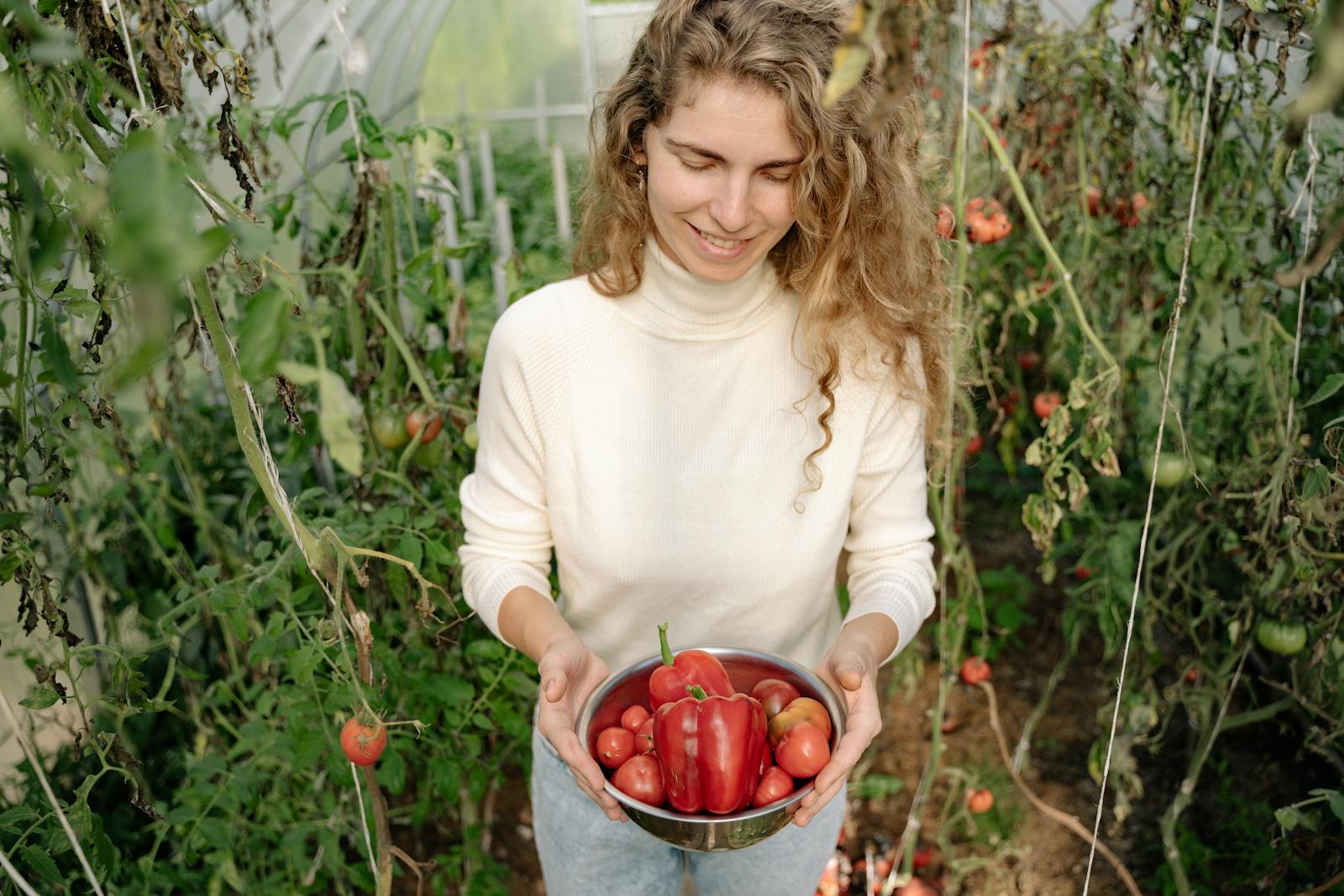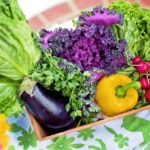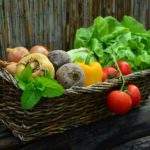Overwintering vegetables refers to the practice of growing and harvesting crops during the winter season. While it may seem challenging, with proper planning and care, you can enjoy a bountiful harvest even in cold climates. In this article, we will explore five top tips for successfully overwintering vegetables.
1. Choose Cold-Hardy Varieties
The first step to successful overwintering is selecting cold-hardy vegetable varieties that can withstand freezing temperatures. Some popular options include kale, spinach, Brussels sprouts, carrots, beets, and Swiss chard. These plants have been bred to tolerate colder conditions and are more likely to survive winter frost.
For example, Winterbor kale is known for its ability to thrive in freezing temperatures as low as 10°F (-12°C). Similarly, Purple Vienna kohlrabi is an excellent choice for overwintering due to its resistance to frost damage.
2. Provide Adequate Protection
To protect your overwintered vegetables from harsh weather conditions like snow or heavy frosts, provide them with adequate protection. Consider using row covers or cold frames that act as mini greenhouses and create a microclimate around the plants.
- Cold frames: These structures are made of transparent materials like glass or plastic and capture heat from sunlight while shielding the plants from wind and extreme temperatures.
- Row covers: Lightweight fabrics such as floating row covers can be draped directly over the crops to provide insulation without blocking sunlight or airflow.
By providing these protective barriers, you can help maintain a stable temperature around your vegetables and prevent them from succumbing to frostbite or dehydration during winter months.
3. Mulch for Insulation
Mulching is an essential technique for overwintering vegetables. Apply a layer of organic mulch around the base of your plants to provide insulation and regulate soil temperature.
Straw, hay, or shredded leaves are excellent choices for mulching. These materials help retain moisture in the soil while preventing extreme temperature fluctuations that can damage plant roots.
Additionally, mulching helps suppress weed growth, which can compete with your vegetables for nutrients and water during winter months.
4. Water Wisely
Proper watering is crucial for successful overwintering. While it may seem counterintuitive, it’s important to remember that plants still need water during the winter season.
However, be cautious not to overwater as excessive moisture can lead to root rot and other diseases. Instead, aim for deep but infrequent watering sessions when the weather allows.
You can use a rain gauge or moisture meter to determine if your plants require additional irrigation.
It’s also advisable to water early in the day so that excess moisture has time to evaporate before temperatures drop at night.
5. Monitor Pest Control
Pests may be less active during winter, but they can still pose a threat to your overwintering vegetables. Monitor your crops regularly and take appropriate measures if you spot any signs of pest infestation.
- Handpick pests: Inspect your plants carefully and remove any visible pests by hand.
- Natural predators: Encourage beneficial insects like ladybugs or lacewings into your garden as they prey on common pests like aphids or caterpillars.
- Biological controls: Consider using biological controls such as nematodes or beneficial bacteria to combat specific pests.
Overwintering vegetables successfully requires careful planning and implementation of proper techniques.
By selecting cold-hardy varieties, providing adequate protection, mulching for insulation, watering wisely, and monitoring pest control, you can ensure a productive winter harvest.
Remember that each vegetable has its own specific requirements, so it’s essential to research and understand the needs of the crops you intend to overwinter.
With patience and dedication, you’ll be rewarded with fresh homegrown produce even during the coldest months of the year.



